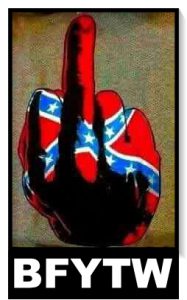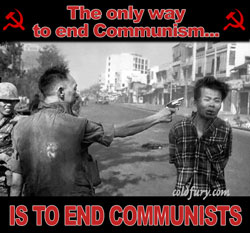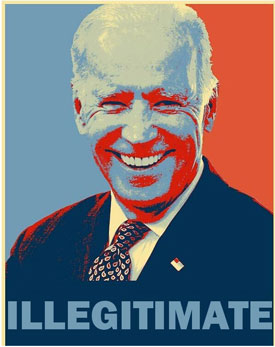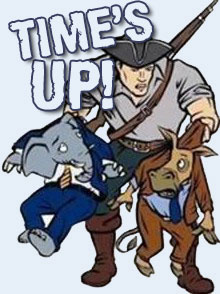Rogert Kimball notes some crucial distinctions, none of which we dare call “progress.”
On Good Friday, I chanced across a photograph of the lower Manhattan skyline at night from Good Friday in April 1956. Three skyscrapers, dominating the space, feature certain windows illuminated to form gigantic crosses to commemorate that most solemn of Christian holidays. The year 1956 was not that long ago. But how much has changed in those 60-odd years! Can you imagine such a public display of Christian affirmation in New York today? Nor can I.
As it happens, the picture is one I received the other day in one of the eleventy million damnable-nuisance emails I get daily from Twatter.
New York City, Good Friday in April 1956. Left to right: 60 Wall Tower, 20 Exchange Place (formerly known as City Bank Farmers Trust Co.), and 40 Wall Street. (Photo by Ed Peters/NY Daily News Archives). pic.twitter.com/Rk40iSYKyr
— olasem (@olasempruch)
Quite telling, no? Back to Kimball.
That was then. Now things are different.
I thought about that disjunction between then and now when reading through Washington’s Farewell Address this weekend. Washington had intended to withdraw from politics when his first term ended in 1792. He asked James Madison to draft a valedictory statement but, when the time came, bickering among some of his Cabinet, especially between Thomas Jefferson and Alexander Hamilton, convinced him to run again. He set the original document aside.
Follows, a deep dive into the history and meaning of Washington’s justly-renowned Farewell Address, delivered in 1796 after much revising. Then:
It pains me to say it, but I suspect the Farewell Address retains but a rhetorical claim on America circa 2023.
As does the Constitution, the Declaration of Independence, the Thomas Paine pamphlets, the Federalist Papers, et al.
Then, in 1796, Washington’s exhortations and admonitions had purchase in the political, economic, and moral reality of America. Now, they mostly echo like antique sentimentalities, more or less like the phrase “with liberty and justice for all” in the Pledge of Allegiance. Who still takes that seriously?
Among the younger generations, who even knows what the Pledge of Allegiance is, or for that matter ever even heard of the long-since-abandoned thing?
Even the tone of the document seems chiseled from another world.
Because it in fact was—from another and a very different country, at the very least. Certainly, the words came from a radically different kind of leader than the sad, sorry excuses for such we’re currently burdened with. Onwards.
One important theme of the address is the importance of the union of the states to the preservation of peace and prosperity. Devotion to the union, Washington says near the beginning of the address, is “the palladium of your political safety and prosperity.” What a splendid deployment of the word “palladium,” a “safeguard” or “protection,” from Παλλάδιον, a statue of Pallas Athena that guarded Troy!
The substance of the address seems even more distant. Consider Washington’s strictures against the formation of factions, which echo and expand upon the arguments of Madison and Hamilton in the Federalist. The deployment of factions, Washington writes, puts “in the place of the delegated will of the nation the will of a party.”
Washington was warning about a possible future prospect that has become our daily reality.
Indeed, Washington’s admonitions could be torn from today’s political headlines. “The alternate domination of one faction over another,” he writes, “sharpened by the spirit of revenge natural to party dissension, which in different ages and countries has perpetrated the most horrid enormities, is itself a frightful despotism.”
Are we there yet?
Alas, I think we all know the answer to that well enough.
Much as I might like to, I can’t excerpt anymore of it without doing fatal violence to the whole concept of Fair Use. But Kimball goes on at length from there in like vein, of which you should read the all.



















 - Entries
- Entries
“Among the younger generations…”
I saw a report on a recent poll showing Trump’s millennial support is up to 47%, the highest group of all. I think the younger generations get a bad rap sometimes. Every older generation finds something wrong with the younger one…